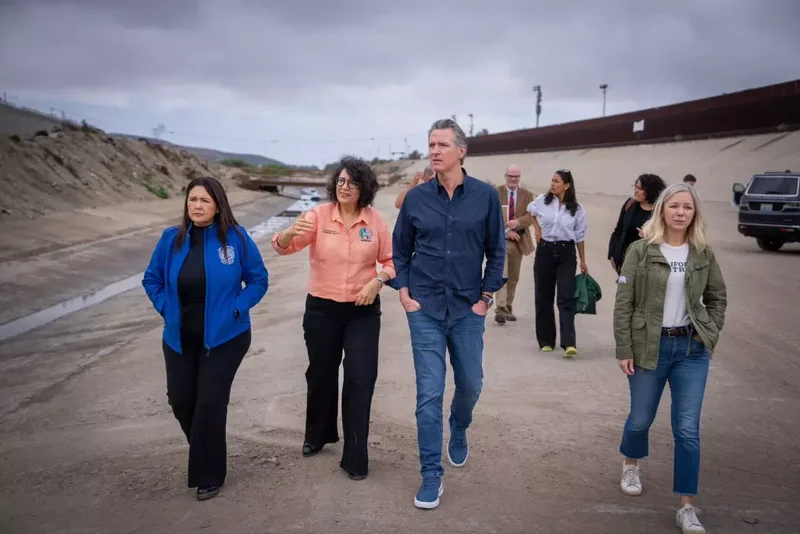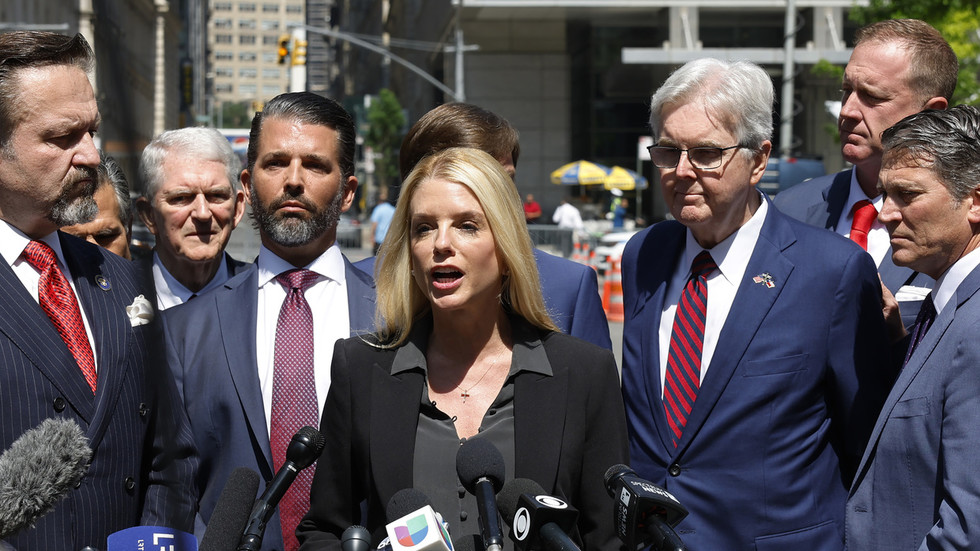New York City public schools with fewer students than anticipated this fall will not have their budgets slashed, officials announced Wednesday — reverting to a controversial pandemic-era policy.
About half of the system’s 1,600 schools would have seen cuts totaling $157 million had the mid-year budget adjustments proceeded as planned, the city Department of Education said. The other half, which saw an increase in students, will get an $146 million total influx.
“Our top priority is to ensure that every school leader has the resources and support to carry out their school’s mission and put our children on a path to lifelong success,” Schools Chancellor Melissa Aviles-Ramos said in a statement.
Individual school funding is allocated during the summer based on the city’s projections of how many students are expected to fill seats. The city spends about $30,000 per student.
During the COVID-era pandemic, City Hall implemented a policy, known as “hold harmless,” that used federal stimulus dollars to stabilize budgets, meaning schools wouldn’t lose money even if they had fewer students enrolled.
Mayor Eric Adams’ decision to go back to the policy was slammed by critics as “rewarding failure” — with some noting the move seemed purely political.
“The school system is structured to reward failure and penalize success and this ‘hold harmless’ provision is a prime example. It rewards failure instead of penalizing it,” Eric Nadelstern, who was deputy chancellor for instruction at the DOE under Mayor Michael Bloomberg and then-Chancellor Joel Klein, told The Post.
“It’s a nod to the UFT, so fewer teachers are laid off mid-year,” Nadelstern referring to the powerful United Federation of Teachers union representing most New York City public school educators.
Ken Girardin, research director of the non-profit government watchdog group Empire Center for Public Policy, said “hold harmless” protects the status quo, not students or taxpayers.
“At some point there has to be some right sizing between parents moving out of the city, declining birth rates and the popularity of charter schools. New York City is overdue for a reckoning,” he said.
“It benefits everyone in the current school system — the school administrators, the teachers’ union. The losers are the kids and the taxpayers. You’re preventing the more efficient use of resources,” Girardin added.
“This is a political decision, not a scientific one,” he told The Post. “We have to stop funding a monopoly school system and let the public money follow the children.”
Campaign strategist Hank Sheinkopf said Adams can’t afford to upset the apple cart — as he fights the historic federal criminal indictment against him, and faces low approval ratings and a slew of rivals in the June mayoral Democratic party.
“When you’re in trouble, you can’t afford to make enemies,” Sheinkopf told The Post, adding that it seemed like Adams was attempting to make nice with the educational establishment and unions.
“He’s absolutely bending to the educational establishment, which includes all the unions. It’s smart politically. He can say, ‘We’re not punishing your school,’” Sheinkopf added.
The city went back to making mid-year budget adjustments based on actual enrollment last year for the first time since the pandemic.
But schools introducing new programs, additional staffing, as well as a significant focus on adhering to the state’s class size laws has put pressure on Hizzoner to go back to “hold harmless.”
The mayor’s office didn’t return a request for comment.

 By New York Post (U.S.) | Created at 2024-11-27 23:45:59 | Updated at 2024-11-28 01:33:14
1 hour ago
By New York Post (U.S.) | Created at 2024-11-27 23:45:59 | Updated at 2024-11-28 01:33:14
1 hour ago








